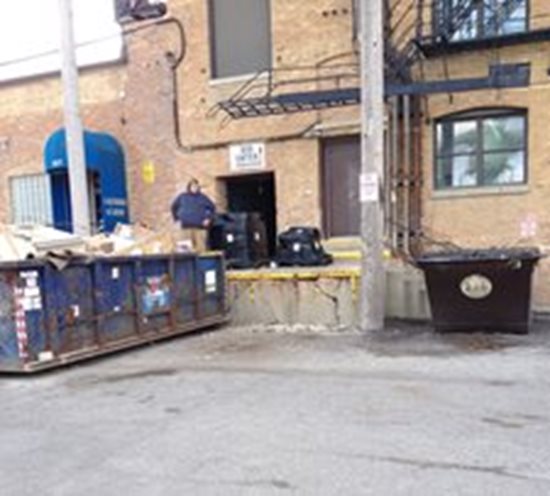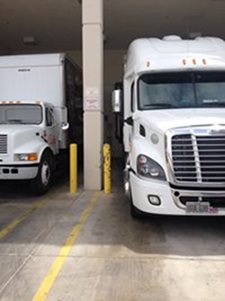
At the time I received my chauffer’s license the pre trip was the same as a car, did the headlights work, turn signals, brake lights, and did the truck have seat belts. My test truck was a Mack R Model with a Mack 6-Speed pulling a 48-foot water trailer. The Mack was a day cab that was used to haul water to drilling rigs and to haul salt water to disposal wells.
Bob taught me a lot about driving but who taught me to back was a very unusual woman that worked in the oilfield. She took me under her wing and with a lot of patience she fine-tuned my driving. Deb taught me how to use hills to conserve my brakes when slowing and many other little tips to become a better driver. She also taught me how to float the gears in a Mack and that was not easy.
Deb knew I was going to have to back for my exam and to this day I do not know how she had the patience to have me back as many miles as she did. Her favorite was a circular drive around a salt-water disposal well. After we would unload the water I would have to back over and over till I could do the circle without having to pull up and stay in the track that she designated. When I could do it both ways we would be off again to pickup another load.
Later on in life when I knew we were going to get into trucking full time I knew I needed to perfect my backing again. One of the trucking companies where Bob worked part time as a mechanic had an old Mack with a flat bed trailer used to haul pipe. I practiced backing it all over the yard in between trailers, straight back, and curved back. What I liked about backing the Mack was using granny gear and that truck would back slowly. It was perfect for practice.
Then we decided to get into Expediting and drive a straight truck. Jeez now I could not back to save my life. So once again it was back to the drawing boards and this time I used truck stops and drove Bob nuts. I did not want to back into a dock, as I just knew everyone was watching and laughing at my attempts. Silly thought but it kept me from backing initially.
When we would pull into a truck stop I headed for the back row and I would pick out a parking space that I could back into it. First the easiest way possible to back in and then from different angles each time with a set goal. When practicing I always made sure there were no trucks parked close so that I could mess up and not cause a problem. After a few weeks of a lot of backing I was a little surprised how much my confidence grew driving forward. Backing from all of the different angles I learned my pivot point of my tires and so when I was on a narrow street I knew exactly when I needed to turn to not have a curb shot.
pull into a truck stop I headed for the back row and I would pick out a parking space that I could back into it. First the easiest way possible to back in and then from different angles each time with a set goal. When practicing I always made sure there were no trucks parked close so that I could mess up and not cause a problem. After a few weeks of a lot of backing I was a little surprised how much my confidence grew driving forward. Backing from all of the different angles I learned my pivot point of my tires and so when I was on a narrow street I knew exactly when I needed to turn to not have a curb shot.
Now I do not worry about backing into docks or into a parking spot. No I do not do it perfect every time but I learned that I am not very interesting and no one is watching me. They all have better things to do.
Safe Backing Practices
- Look as you pull onto the location at the buildings, docks, and terrain
- If needed get out and look at over hangs, slant into dock area, or at other trailers that are next to the dock. Look at their doors and also if dolly leg handle is hanging out where you might hit it.
- Use a spotter if possible
- Use emergency flashers when backing
- Back slowly and scan the mirrors
- Back into the dock as if trying to not break an egg
- When backing in truck stop check the angles that another truck is sitting that could make the spot very tight.
- What the other trucks mirrors and make sure they have enough room to get out of their truck.
- When backing underground or into a closed in dock get out and inspect the dock as you will be backing blind for a little bit till your mirrors are inside the building. These to me are the trickiest docks and my stomach still clenches a little when I see them. If you tap your breaks when backing into them that can help to illuminate where the back of the truck is located. When ever possible get a spotter on the ground to help you. We use our phones to stay in contact while using a head set for directions.
- Bottom line every time you have to back look over the situation and make sure you can back safely.
When I get ready to back into a dock I readjust my mirrors in tighter and I move them so I can see the ground or lines on the ground easier. I do not get in a hurry backing and each time my goal is do the back as perfect as possible. There are days though that I cannot back in a straight dock without messing up.